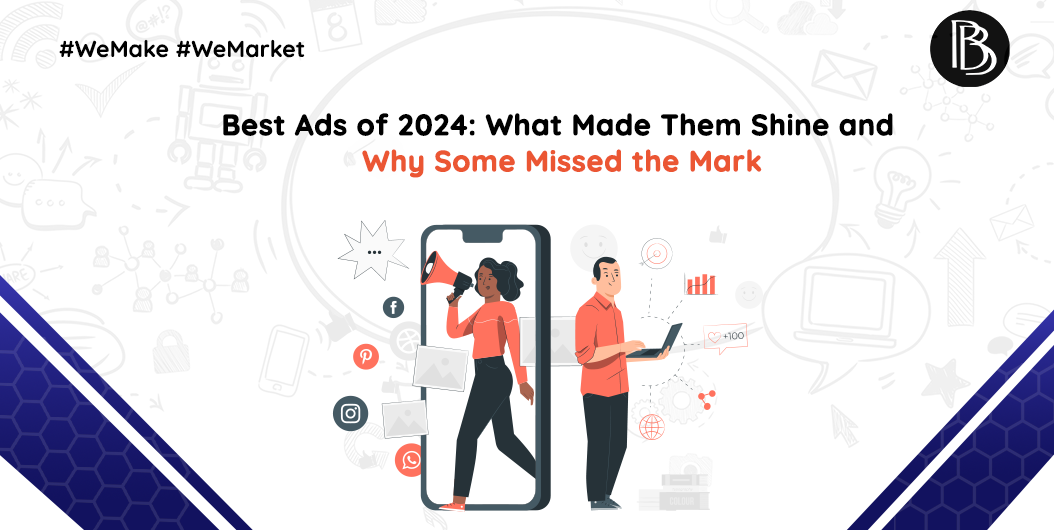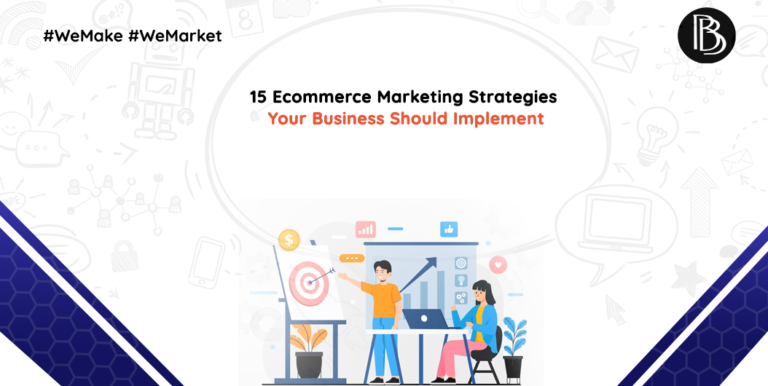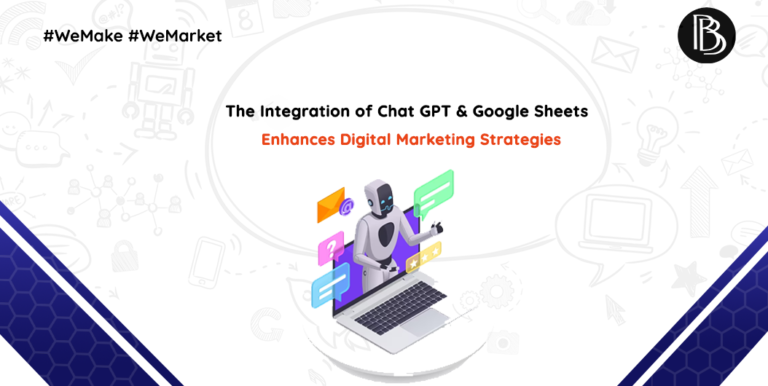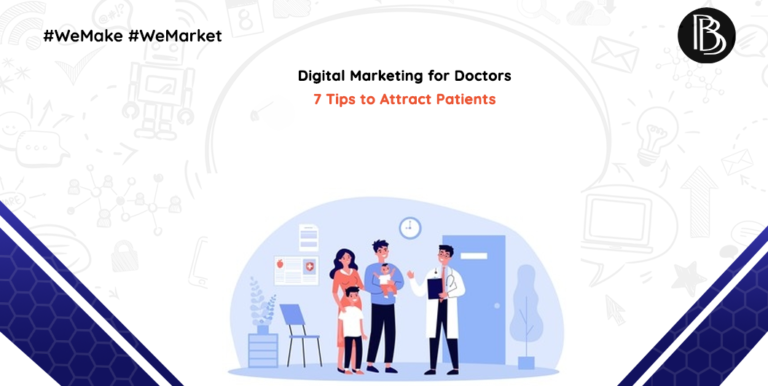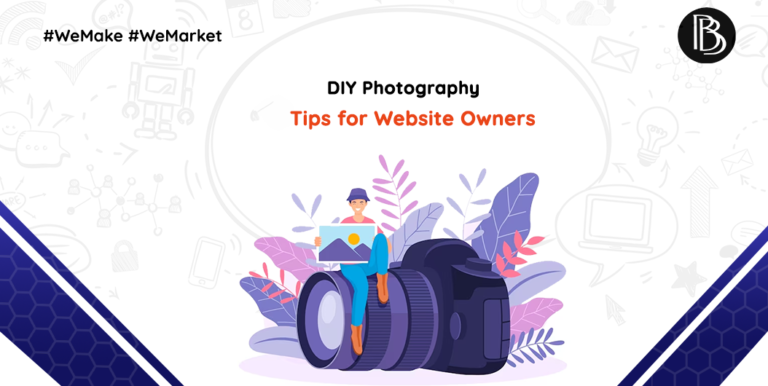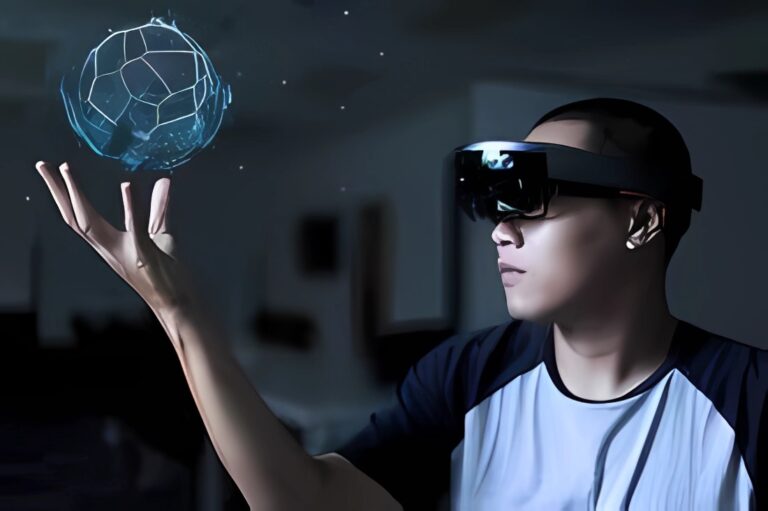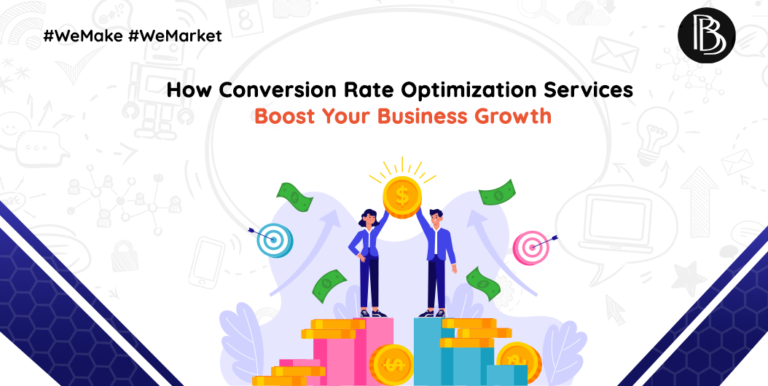Best Ads of 2024: What Made Them Shine and Why Some Missed the Mark
The greatest ads of 2024 were doing much more than just getting people talking. They got people talking, they reached the audience, and left their mark. Not every campaign did so well, however. Where there were viral hits in advertisements-creativity and relatability-praised for others drew flak for their failure to capture emotional and cultural nuances that would actually make a campaign worthwhile.
In this blog post, we will discuss two opposing cases of the most talked-about advertisements of 2024—one that won hearts by its innovative approach and the other that faced criticism for not meeting audience expectations. We will analyze these examples to reveal the strategies behind successful campaigns and indicate the mistakes to avoid while providing valuable lessons for brands that want to create memorable ads in the future.
The Changing Face of Advertising in 2024
It is essential to note the changing landscape that has shaped the way advertisements have been approached this year before we discuss the best advertisements of 2024. The industry has undergone significant transformations driven by technological advancements, shifting consumer behavior, and innovative new platforms. Let’s look at the key trends that have transformed advertising in 2024.
1. Artificial Intelligence in Advertising
Artificial intelligence has been a key component in modern advertising, enabling brands to analyze large amounts of data and create highly customized content. AI-based tools support the fine-tuning of ad placements, prediction of consumer behavior, and optimization of creative workflows. For instance, AI-powered chatbots and voice assistants have revolutionized customer interactions by providing personalized experiences and instant solutions, fostering true relationships between brands and their audience.
2. Emphasis on Authenticity and Influencer Partnerships
Today’s consumers, especially those from Gen Z and Millennials, value authenticity and tend to trust content created by real people more than traditional brand advertisements. This shift has led to the rise of influencer marketing, where brands collaborate with personalities who have a following to authentically and relatably promote their products. In addition, user-generated content and advocacy from employees are now critical to building brand trust and engagement.
3. Connected TV (CTV) and Streaming Channels
With viewers increasingly transitioning from linear television to viewing streams, advertisers are now allocating their budgets to Connected TV channels. This helps to deliver more relevant and engaging advertising to these consumers who prefer streaming, and thus infuses the streams of today’s consumers with the content they demand. CTV has also unveiled innovative ad formats and measurement tools that enhance marketer effectiveness and drive consistency.
Understanding these shifting trends is crucial for businesses and entrepreneurs who are looking to chart their way through the complex advertising landscape of 2024. With the help of technology, authenticity, and change in consumer habits, brands can craft influential ads that appeal to their audience.
In the following sections, we’ll look at the best ads of 2024 and discuss how they’ve used these trends to succeed.
Swiggy’s Grand Collaboration: Leverage the Power of Social Media’s Top Influencers
One of the most outstanding advertisements of 2024 that had the internet talking was Swiggy’s grand collaboration with popular influencers and social media figures. Famous for its witty and relatable marketing, Swiggy has excelled this year by bringing on board a diverse cast of popular personalities from different platforms. The Concept: A Tribute to Diversity and Trends.
Tap to view the ad.
Swiggy had presented influencers from different walks of life such as food enthusiasts, comedians, dancers, fitness experts, or even the most prolific creators of memes in this world. The advertisement represented those influencers savoring Swiggy’s offering in their individual style yet with a blend of humor, creativity, and a sense of relatability. Be it a choreographed routine using Swiggy delivery bags or humorous skits for “the thrill of last-minute cravings,” the ad struck that chord within viewers.
The Strategy: Leverage Popularity
Swiggy understood that the modern audience is highly influenced by social media influencers. Partnering with trending influencers ensured instant recognition and relatability for the brand. These influencers already had a fan base, and their association added authenticity and credibility to the campaign.
Authenticity: Influencers used their individuality in adding the campaign, which made the ad resemble a true celebration of Swiggy rather than a regular promotion.
Broad Appeal: The diversification of influencers led to reaching a large variety of audiences from various backgrounds and interests.
Engagement: The campaign engaged the audience through encouraging users to create content. A challenge to perform influencer dances or moments from the advertisement resulted in a wave of user-generated content. Timeliness: Associating with current trending figures enabled Swiggy to effectively use their popularity, thus engaging promptly. The Impact: A Viral Sensation
The campaign picked up instantly and garnered millions of views in a matter of hours after it launched. According to Swiggy, there was a significant increase in app download and user interaction; customers praised the brand’s ability to stay relevant and entertaining.
This is a good example of how tapping into the trend of social media and influencer partnerships can really create campaigns that connect with today’s digital-obsessed audience. It’s one of the best examples for how to tap into cultural moment for maximum impact.
Coca-Cola AI-Generated Holiday Advertisement: A Timeless Tradition Powered by Technology
With growing applications of artificial intelligence in advertising, many organizations are taking the leap toward AI to devise their marketing. This enables content creation at speed, creativity with graphics, and personal experiences, and makes it attractive to brands which want to maintain a lead over competition. However, all AI- generated ads did not turn out to be good. An excellent example of that is the 2024 Coca-Cola holiday commercial, which was highly panned but had great nostalgia as a base.
Click here to view the Ad.
The Idea: Bring Back a Classic with AI
Coca-Cola chose to reimagine the company’s popular Christmas advertisement from the 1995 using AI technology. Instead of simply paying homage to the magic of the times, the company wanted to incorporate modern tools to interpret a long-standing tradition in a new, fresh way. The ad was the digital retelling of the iconic Coca-Cola trucks aglow with festive lighting that transported Santa throughout snow-covered streets – a nod to years before.
What made this year’s version different was that it was fully produced by artificial intelligence. The company used AI to recreate the animation that people loved, creating lifelike images and hyper-realistic portrayals of characters. With advanced algorithms, Coca-Cola could do the advertisement in a fraction of the time it would take to do manually with traditional animation techniques.
The Criticism: “Lifeless” and “Lacking Creativity”
Despite the possibilities of utilizing AI for the creation of groundbreaking, visually impressive advertisements, Coca-Cola’s efforts to recreate their Christmas classic failed to strike an emotional chord with the audience. Many people on social media came out bashing the ad for having failed to incorporate the emotional warmth and allure of the original. Such terms as “lifeless,” “mechanical,” and “artificial” began to spread like wildfire, many claiming that AI could not be imbued with the genuine spirt of Coca-Cola’s holiday message.
The reasons behind the criticism are:
Absence of Human Touch: Coca-Cola has been synonymous with the holiday season for a long time, especially in the US, where their Christmas advertisements have become an integral part of festive customs. The warm, human-centered imagery that had been present in their advertisements for years seemed lacking in the AI-generated version. Fans of the original advertisement felt the new digital interpretation was overly detached and missed the heart that the brand is celebrated for.
The AI Debate: While AI is a very effective tool, there is growing concern that an over-reliance on technology may come at the price of creativity being watered down. Critics said that a brand as emotionally integral as Coca-Cola should have relied more on its creatives and less on its AI to get across a heartfelt holiday message. This stemmed from the fact that AI, in its perception, failed to encapsulate the essence of Christmas-simply warm and connected and shared memories.
Connecting with Nostalgia: Coca-Cola’s ads are very nostalgic, as many of these people remember the classic spots from the 1990s. The brand risked alienating its audience by using AI to recreate the advertisement when it stripped away the human element that made the original so appealing. Using AI to recreate something that resonated with people because it was authentic felt like an overkill measure.
Brand Loyalty and Expectations: The American Coca-Cola audience continues to maintain high standards for the brand’s campaigns around the holiday season. From being an integral part of Christmas to being synonymous with jolly, red-cheeked Santa Claus and advertising that always seems to remain happy and full of cheerfulness, the company enjoyed a reputation that had been built over years. Bringing AI into this tradition inadvertently threatened the trust created by the fans associated with its festive messaging.
Why AI-Generated Ads Can Be a Double-Edged Sword
The use of AI in advertising certainly offers benefits, such as savings in cost, rapid production times, and the capability to create highly detailed content. It allows a level of creativity that was once either unattainable or far too costly. However, the Coke Christmas ad reminds that when AI becomes as advanced as it is right now, it is still without the emotional range and instinct that human creativity has. With a brand like Coca-Cola reliant on evoking nostalgia and happiness and warmth, an over-reliance on AI could seriously compromise its connection with its main audience.
The Result: A Lesson in Balancing Tradition and Innovation
Despite the criticism received, Coca-Cola’s advertisement generated by AI during Christmas became a highlight of the year, raising debates about the fate of advertising in a world increasingly dominated by technology. Although the advertisement has been visually attractive, at the same time, it also reflected an imperative need to balance creativity with the core values that characterize a brand and make it distinguishable and loved.
The most important take-away for businesses seeking to implement AI in their ad strategies is the fact that technology must supplement and augment the human element in storytelling, rather than replace it. For consumers, authenticity and connection with the human aspects of things are crucial when it comes to traditions such as Christmas. While AI can certainly create brilliant and customized visuals for ads, it’s crucial not to lose sight of what really moves the target audience.
This ad emphasizes the complex symbiosis between AI and creativity. For businesses, mainly those with deep brand legacies, it is pertinent to remember that even while AI can boost creativity, it cannot overpower the affective and cultural ties that make a campaign touch people’s lives.
This ad campaign underscores the complex interaction between AI and creative industries. Brands, especially heritage brands, must remind themselves that even as AI is a force to further creativity, it cannot replace the emotional and cultural connection that actually makes an advertising campaign meaningful.
Guidelines to Advertising Success in 2025
As the year 2024 comes to an end, it is clear that the advertising environment has undergone large-scale transformations with innovations like AI, influencer collaborations, and short-form video content finding their rightful spot in the limelight. As we approach the near future of 2025, the big question that brands will look at is: How do they keep evolving and continuing to differentiate themselves in this transformation marketplace?
What businesses looking to stay competitive in advertising need to consider:
What to Do in 2025 to create best ads
Emphasize Personalization: Tailored marketing is going to be much more important in 2025. Consumers are looking forward to receiving advertisements that talk directly to their preferences and demands. Utilize data-driven insights and AI tools to provide hyper-targeted content that appears customized rather than general.
Authenticity: With consumers becoming increasingly skeptical of overly polished, AI-generated content, authenticity will be paramount. Whether through influencer partnerships, user-generated content, or clear brand messaging, the human element will be sustained.
Use Emerging Technologies Thoughtfully: A great potential in AI and automation must be balanced. Apply AI towards creativity enrichment and process optimization but not at the cost of the personal, emotional connection necessary for effective advertising.
Focus on Multi-Platform Interaction: In 2025, your target audience will likely be more fragmented across different devices and platforms. A successful campaign should be omnichannel, adjusting your messaging accordingly for mobile, social media, connected TV, and more.
Develop Interactive and Memorable Experiences: As augmented reality (AR) and virtual reality (VR) continue to grow in influence, more interactive ads that enable consumers to engage with your brand will be embraced. Engage your audience through experiences that are not only engaging but unforgettable.
What Not to Do in 2025:
Depend Too Much on Automation: Although automation can help in streamlining processes, over-reliance on it for creative campaigns may result in emotionless advertisements. Always ensure that human creativity remains at the center of your marketing initiatives.
Neglect Data Privacy Issues: Consumers are increasingly aware of their data privacy. In 2025, honoring user privacy and being straightforward about data collection will be critical for maintaining trust and avoiding backlash.
Continue Old Practices: As advertising landscapes change, holding back to old methods will leave you behind. Adopt new platforms, formats, and ways of engaging with your audience, or risk irrelevance.
As we enter the year 2025, the advertising sector will continue to focus on creativity, innovation, and emotional connection. Whether you’re a business owner or a brand looking to stay ahead of the curve, this guide will help you to create the best ads.
At Bit Binders, we specialize in developing innovative digital marketing strategies that ensure your brand stands out. Our expert team utilizes the latest trends and technologies to create customized campaigns that resonate with your audience. Whether you aim to leverage AI, influencer marketing, or multi-channel interaction, we have the expertise to elevate your brand. As we usher into a new year, it will not be too late to keep in trend. Make sure that your brand’s advertisements remain new and effective. Contact us now for developing your successful advertisement campaign strategy in 2025 and years ahead.
Adhere to these insights, and keep your focus on the emerging trends of 2025 for sure to make your brand’s advertising efforts feel fresh, engaging, and most importantly effective. Let’s make 2025 your most prosperous year yet.

